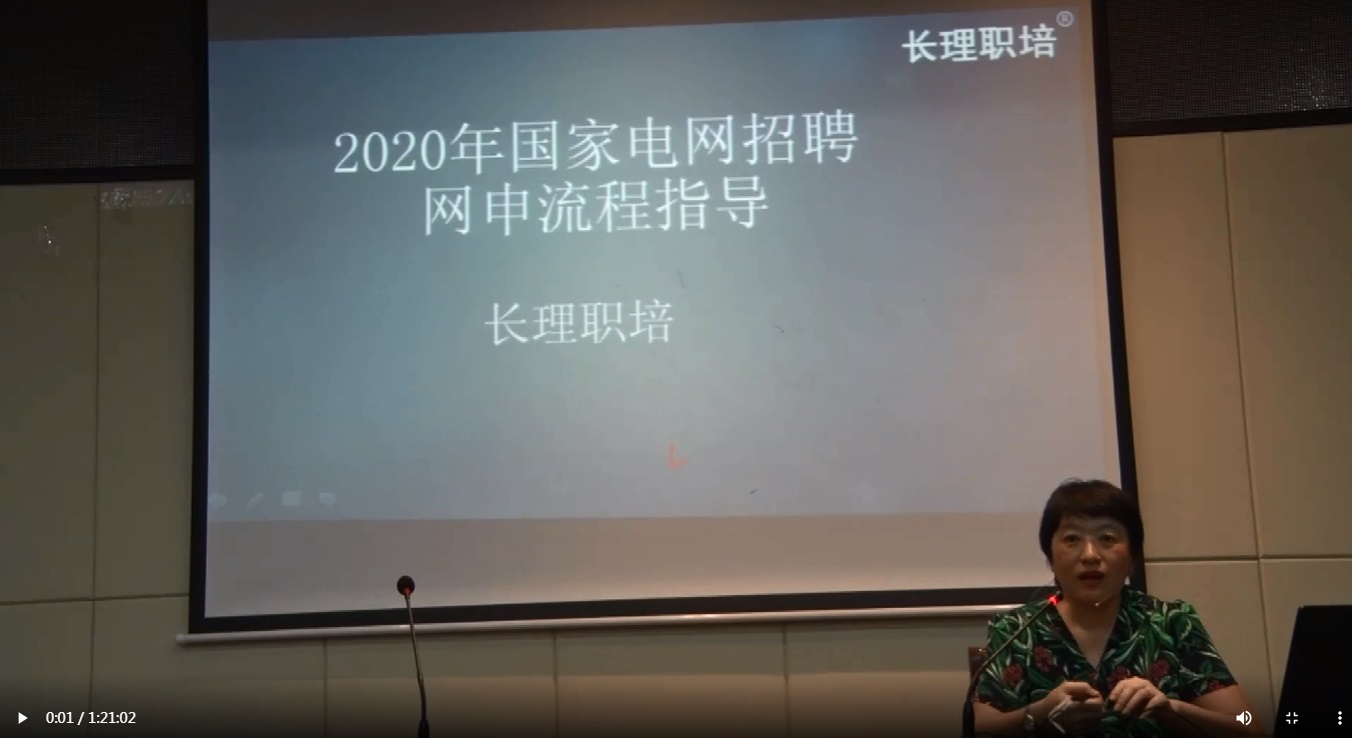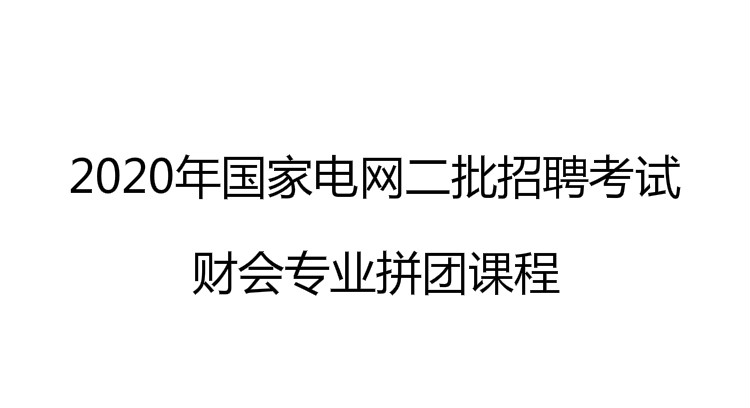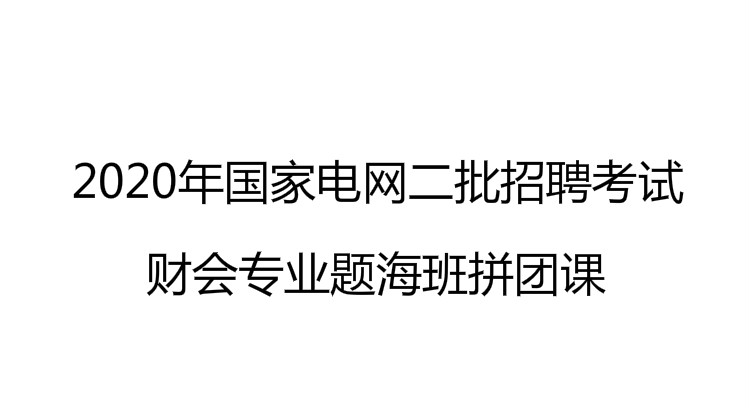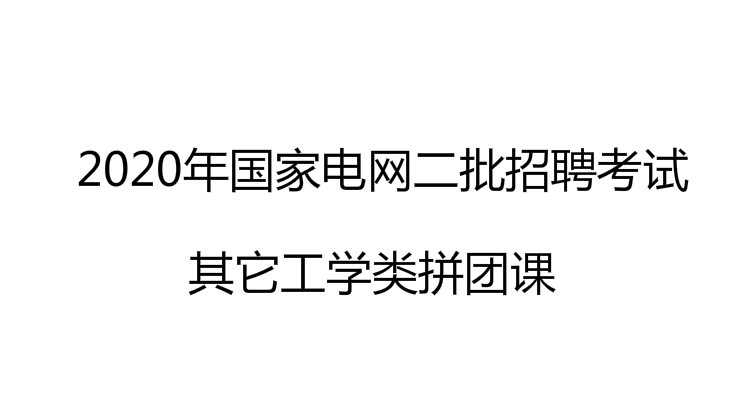The sheer level of energy is the most striking aspect of Japan's capital city. Tokyo remains a glittering example of the 'miracle' of post World War II Japan. Streets are lined with tiny specialist shops and bustling restaurants, most of which stay open late into the night. Close to the soaring office blocks exist pockets of another Tokyo - an old wooden house, a Japanese inn, an old lady in a kimono sweeping the pavement outside her home with a straw broom. More than anything else, Tokyo is a place where the urgent rhythms of consumer culture collide with the quieter moments that linger from older traditions. Spring is the best time to visit Tokyo, particularly as cherry blossoms begin to appear in early April and this is when the city is at its most beautiful. Autumn is not a bad time to visit either, with its cool temperatures and many clear days, while winter is marked by the occasional snowfall but rarely freezing conditions. The city can be an unpleasant place during summer, when torrential downpours and mugginess combine with the crowded public transport to wear down your calm visitor's fa?ade.
Imperial Palace
The Japanese emperor and the imperial family still call the Imperial Palace home, so unless you get a royal invite to tea tourists are restricted to the outskirts and the gardens. New Year's Day (2 January) and 23 December (the Emperor's birthday) are the only exceptions to this rule.
The biggest draw card of the Imperial Palace, both literally and metaphorically, is Edo-jo castle. From the 17th century until the Meiji Restoration, it was used as the impregnable fortress of the ruling shogun ate. Over the years the castle was upgraded, added to, renovated and built onto with all the force of a rabid renovator. For a while it was the largest castle in the world but all the DIY'ing came to an abrupt end when large portions of it were destroyed in the transfer of power from shogun back to emperor during the Meiji Restoration.
The Imperial East Garden is entered through one of three gates although the most popular is the Ote-mon, which was once the principle gate of Edo-jo. The garden is an oasis of quiet after the bustle of Tokyo, and characteristically Japanese; a horizon of clear lines, an attention to detail and the religious placement of objects within the landscape.
Tokyo Disneyland
You could be forgiven for assuming that the country that invented fake waves would jump at the chance to out-Disney Disneyland, so it comes as something of a shock to see such uncharacteristic restraint. Surprisingly Mickey Mouse, Donald Duck and most of Walt's other empire-building prototypes have been respectfully left alone and much of Tokyo Disneyland is an exact replica of the Californian amusement park.
Shinjuku
The Shinjuku district is, without doubt, the most vigorous part of Tokyo; two million people per day pass through Shinjuku station alone. With a total lack of irony or tongue-in-cheekness, the two sides - east and west - sit side-by-side in mutual harmony; west Shinjuku is the staid, buttoned-down commercial hub of the city, while the east is its colourful, seedy and exotic counterpart. The west is planned, administrative and skyscrapped, while the east side is rambling, chaotic and full of fast-food shops and pawn shops.
Wandering the east side you'll be able to see the entire world go by while simultaneously having your senses assaulted by archetypal Blade Runner video billboards on the Studio Alta building, a popular meeting place for Tokyoites. Other east-side attractions include Hanazona-jinja shrine, the many departmemt stores and the colourful if risque Kabukicho and Golden Gai areas.
Sony Building
The Sony building, at the Sukiyabashi intersection, is a must-see for all the cyberjunkies, digital-devotees, and Playstation groupies. Any electronic gizmo that has ever been invented is here in the Sony building, as well as some yet-to-be-retailed prototypes. With most of the displays being a hands-on proposition, it's an oversized kid's arcade.
The building itself is a rather phlegmatic version of the sixties - a lot of function over form - but with eight stories of unadulterated electronic heaven who cares about the packaging.
Ginza
Despite its disaster-ridden history and propensity for shape-changing, Ginza has become synonymous with conspicuous consumption and excessive shopping. At the end of the 19th century, after fire razed it to the ground, it was ressurected in a London-cum-faux-Parisian style with brick buildings and wide boulevards that mimicked the Champs Elysses. Since then, earthquakes and WWII carpet-bombing has seen it gradually transform from continental chic to trans-atlantic functional, but it still pulls the crowds.
There are some jejeune shopping districts that have tried to wrestle the crown from Ginza - they're more crowded, more opulent and hipper - but the grande old dame of ostentatious spending stills retains her imperious snob value. Serious shoppers don't leave town without swinging through the doors of Matsuya, Mitsukosh and Wako department stores. The Ginza strip is where you can purchase novelty items whose fetishistic value far outweigh its functional value, and indulge in a spot of retail therapy. Window shopping is free, though, and the window displays in the department stores are works of installation art in themselves.
Ueno-koen park
If Ginza is for shopping, Ueno-koen Park is for strolling, museum-hopping and temple-gazing. The area of Ueno was historically the Alamo of the last shogunate - site of his futile last-ditch effort to prevent a takeover by the imperial army. Today it's a carefully landscaped park dotted with museums, temples and a not-half-bad zoo.
Attractions inside the park include the Tokyo Metropolitan Museum of Art (if contemporary art is your bag this is a good place to start), the Tokyo National Museum, the National Science Museum, the National Museum of Western Art (not only does the building house some impressive examples of western art, the building itself was built by Le Corbusier and the garden contains original Rodins including his iconic sculpture,The Thinker), the Tokyo Metropolitan Festival Hall and the Ueno-no-Mori Art Museum, which often has calligraphy exhibitions scheduled.
One of the most frequently and fervently patronised temples in Ueno-koen park is the Kiyomizu Kannon-do Temple. Women wishing to conceive leave a doll here for the 1000-armed goddess senju Kannon; after the dolls are burnt in an annual bonfire on 25 September, the women wait to see if Kannon has granted them the gift of fertility.
Hama Rikyu Detached Palace Garden
The Hama Rikyu Detached Palace Garden, south of Tokyo central, is 25 hectares (62 acres) of Tokyo's greenest, and most finely landscaped, pieces of real estate. In the 17th century it was the happy hunting ground for the Tokugawa shogunate but passed into the hands of the good citizens of Tokyo, post World War II. The park is actually on an island, cut off from the surrounding metropolis by an ancient walled moat and accessible by only one entrance over the Nanmon Bridge.
The Park is a popular venue for a stroll because it feels deceptively large and has an unusual emphasis on water. The huge Shiori Pond is a focal point for visitors but its tidal pools, teahouses, bridges, pine trees, and pavilions for moon-watching all contribute to the garden's charm and photogenic appeal.
An entry fee ensures that the Hama Rikyu is one of the quieter and less-congested areas of Tokyo, although the US'3 entry fee is waived for disabled travellers and one companion.
Tokyo National Museum
The Tokyo National Museum is one place worth going out of your way to visit. It holds Japan's largest collection of Japanese art, as well as a number of fine sculptures and a not inconsiderable number of antiquities. Only a fraction of the collection is displayed at any one time.
The four main galleries - the Main Gallery, the Gallery of Eastern Antiquities, Hyokeikan Hall and the Gallery of Horyu-ji Treasures - hold Japanese art (including sculpture, swords, lacquerware and calligraphy), archaelogical finds from throughout Asia, Japanese archaelogical items, and masks and scrolls respectively.
The Gallery of Horyuji Treasures is only open on Thursdays and even then, if it is raining or humid, can be summarily closed. Some of the galleries exhibits are over 1000 years old and great care is taken to protect them from the effects of humidity and dampness.
Kite Museum
The Kite Museum, just behind Tokyu department store in Shibuya-ku, is living reproof to all those rinky-dink kites with plain plastic sails, ply wood frames and a Sunday driver at the end of the string. Most of the 4000 kites housed in the museum are traditional Japanese kites (Edo Nishiki-E Dako) but there are some fine examples from China and other Asian countries.
The frames are mainly bamboo while the sails are made of 'washi', a type of handmade paper made from the kohzo tree (a species of mulberry). The paper is both lightweight and strong. Illustrations are first outlined in dark sumi ink to restrict the pigments to the desired areas and then the artist goes to town on the design itself. Kite scenes include scowling Kabuki actors, samurai warriors hacking each other to death against a busy backdrop of psychedelic swirls and cute fluffy 'Hello Kitty' type animals doing unnatural things.
The museum is situated on the 5th floor of Taimeiken, a well-known restaurant, located in downtown Tokyo. It's cramped and pokey and lacks explanatory material, but its still a unique museum with a unique collection.
Tokyo is serviced by two major airports, Narita and Haneda. There are 12 subway lines operated by two companies. The subway services are essentially the same and have good connections from one to the other, although they do operate under separate ticketing systems. Driving is possible in Tokyo, but not without its frustrations, jams and high tolls. Unless you're heading out of town, stick to public transport. The same rule applies to the city's expensive taxis. Generally speaking, the traffic system in Tokyo is good. How about planning your trip to Tokyo right now? You will not regret.
编辑推荐:

温馨提示:因考试政策、内容不断变化与调整,长理培训网站提供的以上信息仅供参考,如有异议,请考生以权威部门公布的内容为准! (责任编辑:长理培训)






















点击加载更多评论>>